
This 4th edition published in 2009, reprinted 2013 by:
Marshall Cavendish Corporation
99 White Plains Road
Tarrytown NY 10591-9001
www.marshallcavendish.us
First published in 1997 by Times Editions Pte Ltd, reprinted 1998; 2nd edition published in 2003; 3rd edition published in 2006.
2009 Marshall Cavendish International (Asia) Private Limited
All rights reserved
No part of this publication may be reproduced, stored in a retrieval system or transmitted, in any form or by any means, electronic, mechanical, photocopying, recording or otherwise, without the prior permission of the copyright owner. Request for permission should be addressed to the Publisher, Marshall Cavendish International (Asia) Private Limited, 1 New Industrial Road, Singapore 536196. Tel: (65) 6213 9300, fax: (65) 6285 4871. E-mail:
The publisher makes no representation or warranties with respect to the contents of this book, and specifically disclaims any implied warranties or merchantability or fitness for any particular purpose, and shall in no events be liable for any loss of profit or any other commercial damage, including but not limited to special, incidental, consequential, or other damages.
Other Marshall Cavendish Offices:
Marshall Cavendish International (Asia) Pte Ltd. 1 New Industrial Road, Singapore 536196  Marshall Cavendish International (Thailand) Co Ltd. 253 Asoke, 12th Flr, Sukhumvit 21 Road, Klongtoey Nua, Wattana, Bangkok 10110, Thailand
Marshall Cavendish International (Thailand) Co Ltd. 253 Asoke, 12th Flr, Sukhumvit 21 Road, Klongtoey Nua, Wattana, Bangkok 10110, Thailand  Marshall Cavendish (Malaysia) Sdn Bhd, Times Subang, Lot 46, Subang Hi-Tech Industrial Park, Batu Tiga, 40000 Shah Alam, Selangor Darul Ehsan, Malaysia
Marshall Cavendish (Malaysia) Sdn Bhd, Times Subang, Lot 46, Subang Hi-Tech Industrial Park, Batu Tiga, 40000 Shah Alam, Selangor Darul Ehsan, Malaysia
Marshall Cavendish is a trademark of Times Publishing Limited
eISBN: 978 981 4435 60 4
Please contact the publisher for the Library of Congress catalogue number
Printed in Singapore by Times Printers Pte Ltd
Photo Credits:
All black and white photos from the author except page 93 (S Narayen); pages 41, 42 (Msiri). Colour photos from Art Directors & Trip.
 Cover photo: Photolibrary
Cover photo: Photolibrary
All illustrations by TRIGG
ABOUT THE SERIES
Culture shock is a state of disorientation that can come over anyone who has been thrust into unknown surroundings, away from ones comfort zone. CultureShock! is a series of trusted and reputed guides which has, for decades, been helping expatriates and long-term visitors to cushion the impact of culture shock whenever they move to a new country.
Written by people who have lived in the country and experienced culture shock themselves, the authors share all the information necessary for anyone to cope with these feelings of disorientation more effectively. The guides are written in a style that is easy to read and covers a range of topics that will arm readers with enough advice, hints and tips to make their lives as normal as possible again.
Each book is structured in the same manner. It begins with the first impressions that visitors will have of that city or country. To understand a culture, one must first understand the peoplewhere they came from, who they are, the values and traditions they live by, as well as their customs and etiquette. This is covered in the first half of the book.
Then on with the practical aspectshow to settle in with the greatest of ease. Authors walk readers through topics such as how to find accommodation, get the utilities and telecommunications up and running, enrol the children in school and keep in the pink of health. But thats not all. Once the essentials are out of the way, venture out and try the food, enjoy more of the culture and travel to other areas. Then be immersed in the language of the country before discovering more about the business side of things.
To round off, snippets of basic information are offered before readers are tested on customs and etiquette of the country. Useful words and phrases, a comprehensive resource guide and list of books for further research are also included for easy reference.
CONTENTS
ACKNOWLEDGEMENTS
When my great-grandfather Ng Yin Cheong left his native village of Meixian in southern China for Mauritius at the end of 19th century, his only aim was to escape starvation. According to family folklore, he had only one pair of underpants which he washed every night and put out to dry before going to bed so that he would have clean clothes to wear the next morning. Furthest from his mind was the intention to establish one of the first Sino-Mauritian families whose members can now be found in Asia, Europe and North America.
This book would not have been possible without my great-grandfather and other pioneers like him, for the simple reason that it was they who laid the foundations of what Mauritius is today. I would also like to thank the other members of my family, in particular my father Raphael and brothers Ronald and Rodolphe. They have offered invaluable help in collecting research data and taking photographs. I am also grateful to Shova Loh of Times Editions for suggesting that I write this book. But above all I am most indebted to Mauritius itself for teaching me how to live among different peoples.
DEDICATION
To Hon Fye and the girls

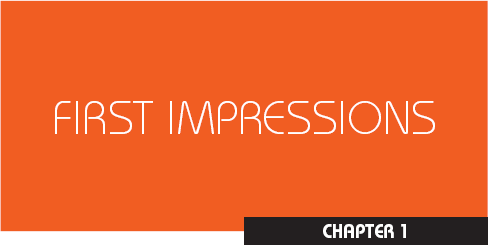
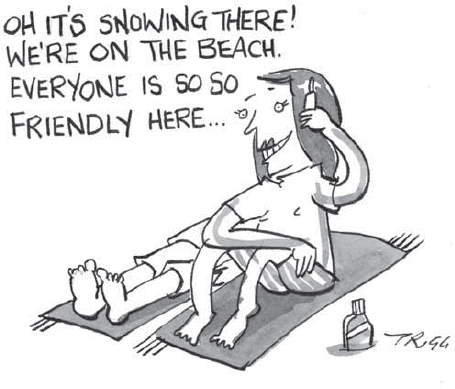
You gather the idea that Mauritius was made first and then heaven, and that heaven was copied after Mauritius.
Mark Twain
FOR THOSE VISITORS who arrive in Mauritius in the daytime, the first impression is that they have really reached paradise, of the type depicted in the tourist brochures. The view from the plane is simply breathtaking: jade green cane fields fringed by brilliant white beaches. And beyond the powdery sand, the turquoise blue sea. Those pictures did not lie. The island is indeed enchanting.

Go snorkelling and you will be treated to a display of beautiful coral formations off the coast of Mauritius.
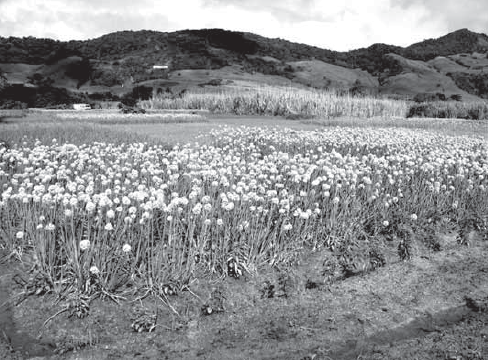
Lush greenery and plantations dot the landscape of the island. Almost every square inch of arable land is under cultivation.
Moving away from the airport, they come upon quaint little villages and bustling small towns. And everywhere they go, the vegetation presents a riot of colours. The green of the palm trees and sugar canes merges with the purple of the bougainvillea flower or the red of the flame tree.
If you are coming from Africa or are familiar with African cities, you will be pleasantly surprised with the attitude of the countrys officials. Dr Chris Du Preez, a university professor from South Africa, felt that the staff at customs was far more friendly than at other international airports, especially in some other African countries. The Mauritians he came into contact with were efficient and displayed a high level of service. He was also impressed by the cleanliness and general state of the roads and buildings.
Next page
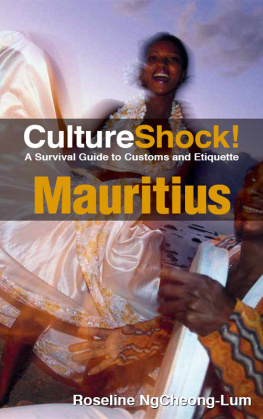

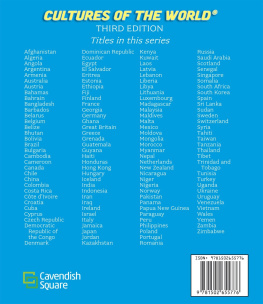
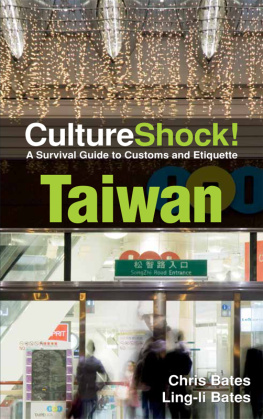
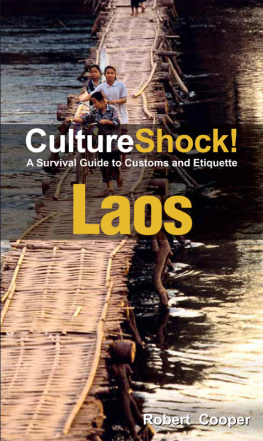

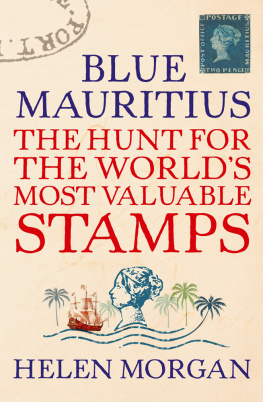
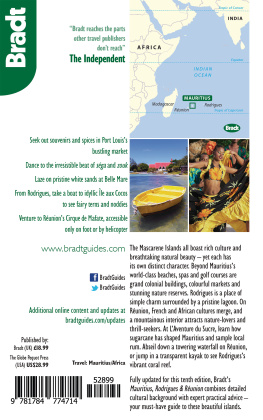
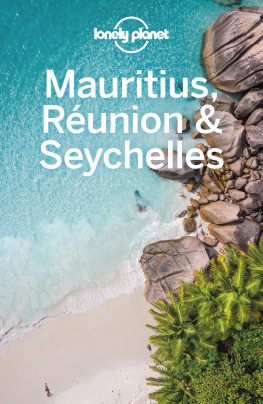
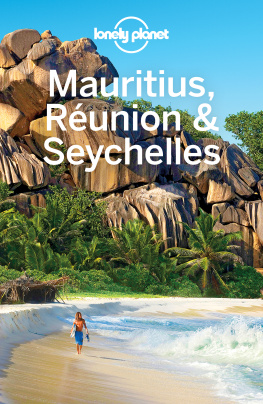
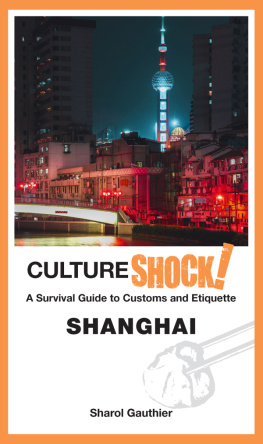


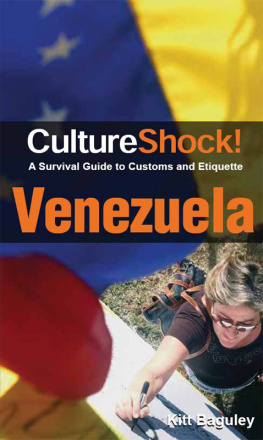
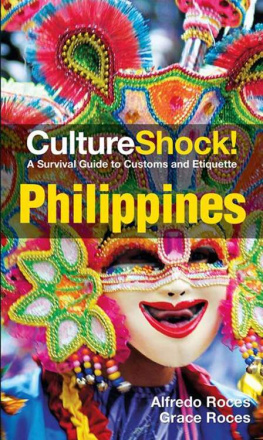

 Marshall Cavendish International (Thailand) Co Ltd. 253 Asoke, 12th Flr, Sukhumvit 21 Road, Klongtoey Nua, Wattana, Bangkok 10110, Thailand
Marshall Cavendish International (Thailand) Co Ltd. 253 Asoke, 12th Flr, Sukhumvit 21 Road, Klongtoey Nua, Wattana, Bangkok 10110, Thailand 



